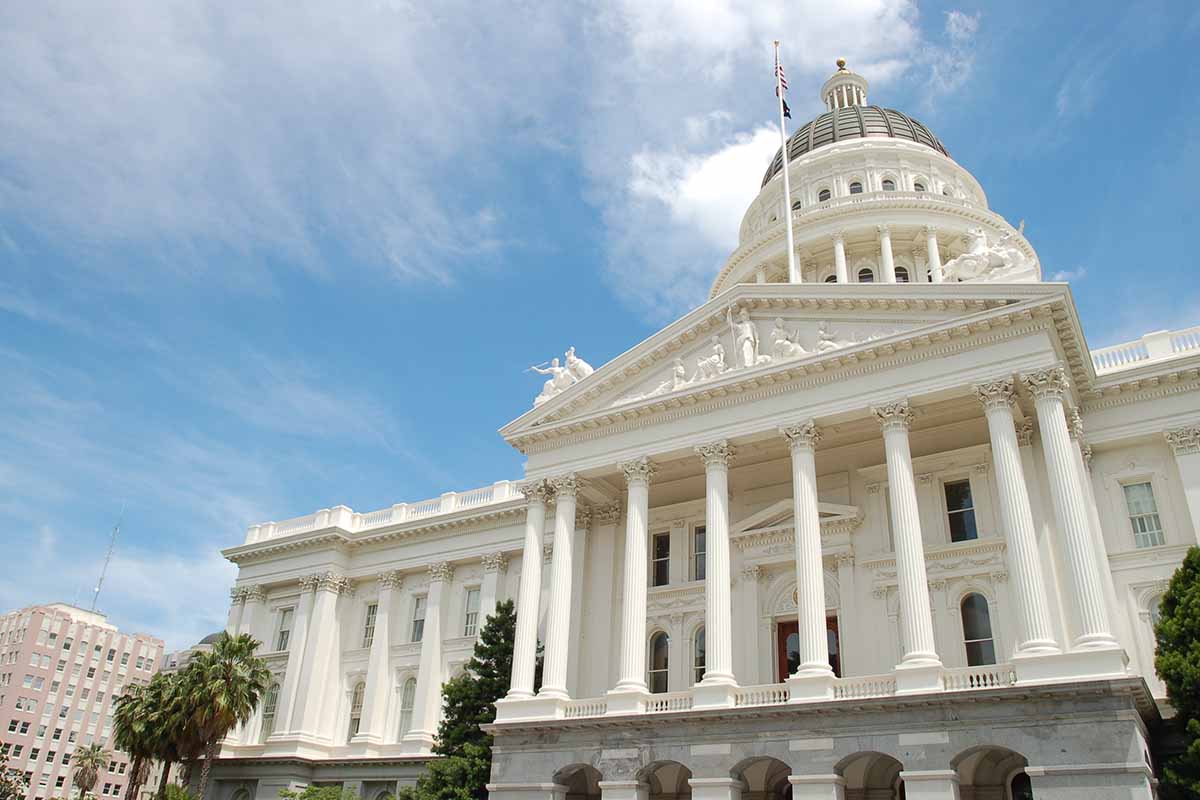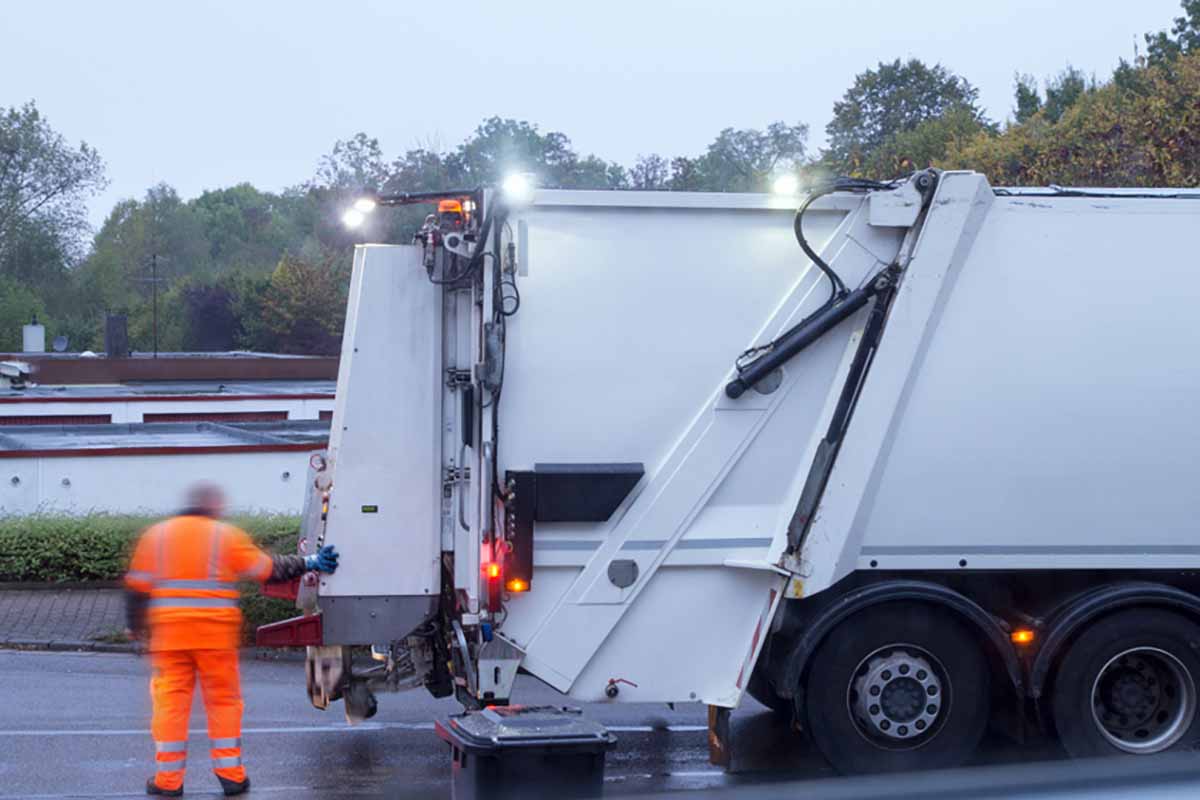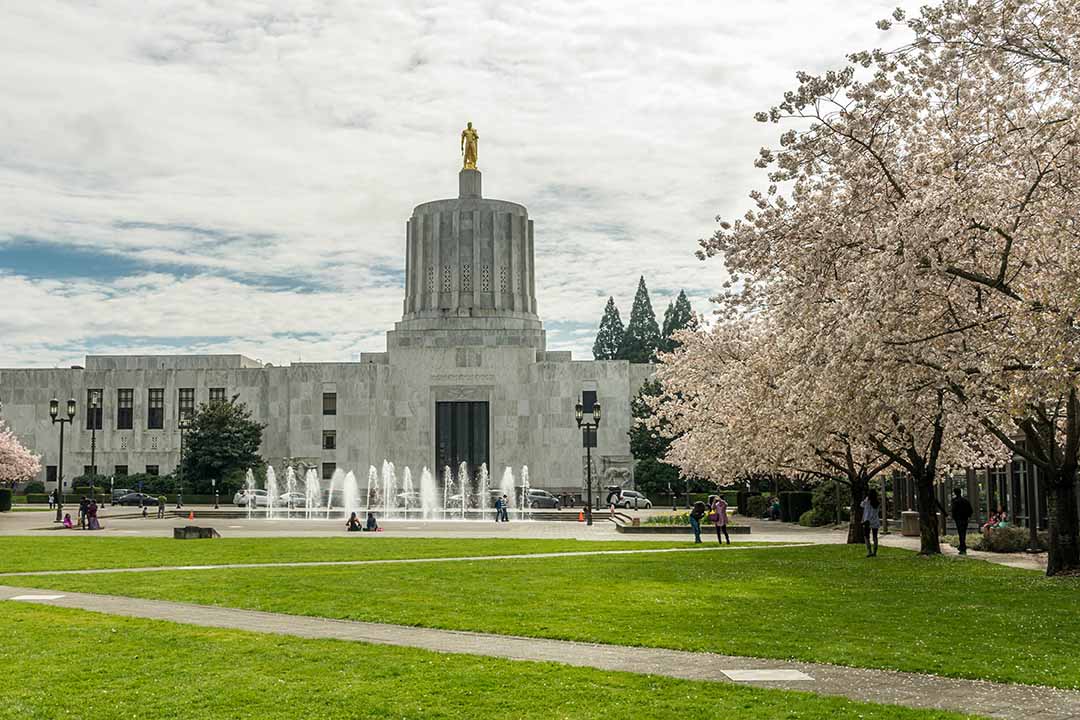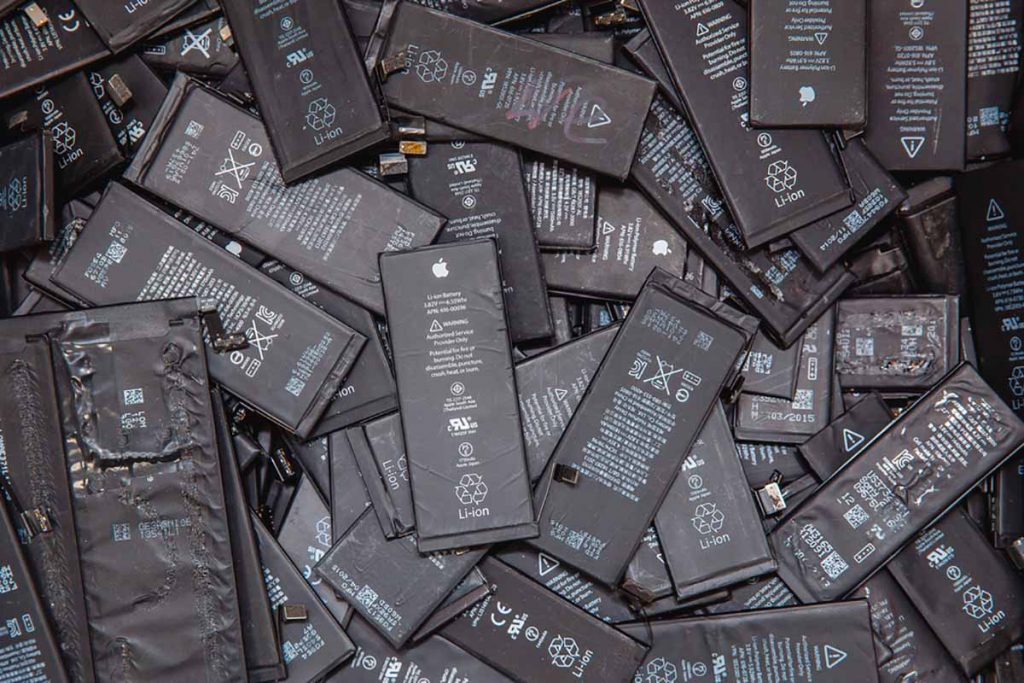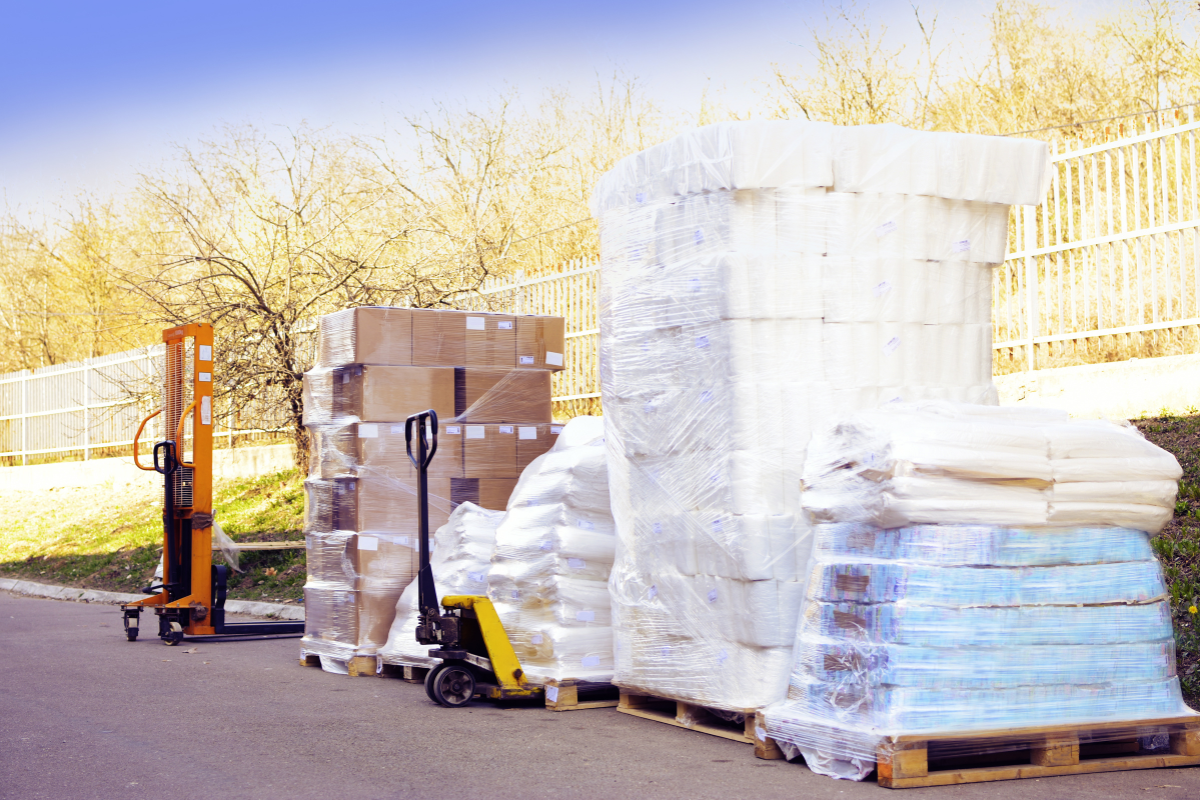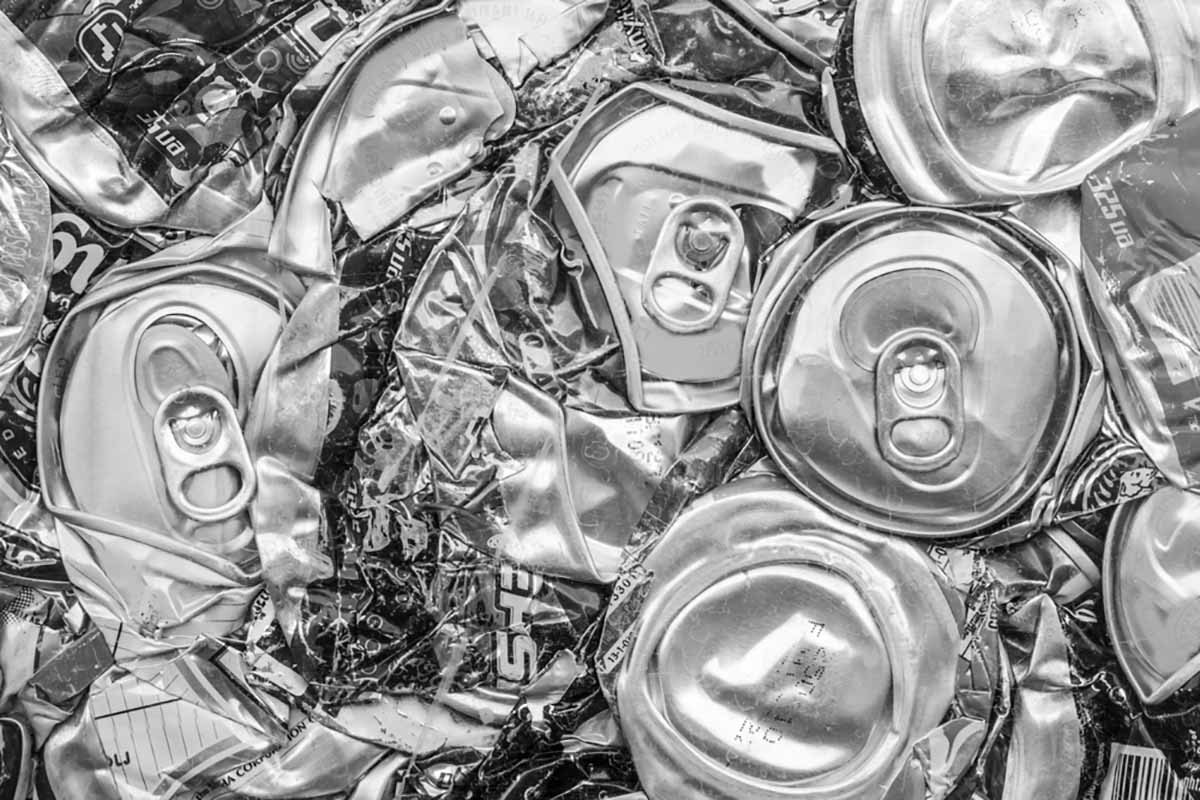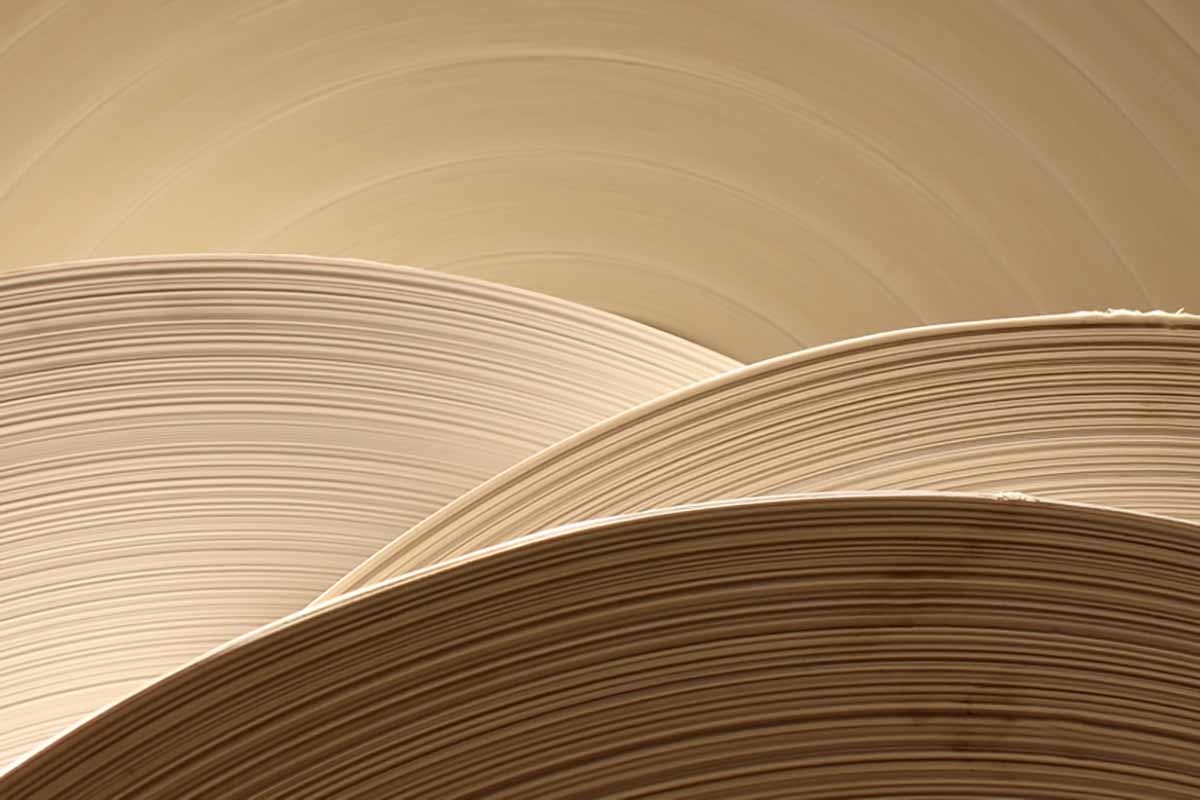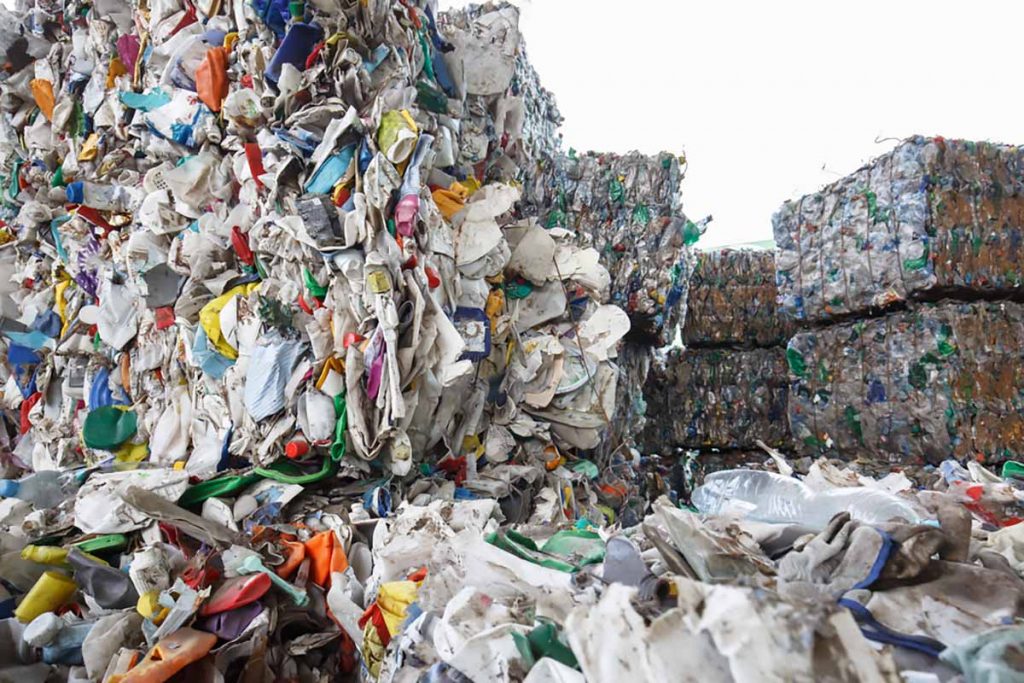
An anonymous complaint asked California’s Fair Political Practices Commission to investigate Rachel Wagoner for a violation of a ban that prevents former regulators from receiving compensation to work against the state on matters that were under their purview. | Zlikovec/Shutterstock
A formal ethics complaint has been lodged against Rachel Wagoner, formerly the director of the California Department of Resources Recycling and Recovery who is now with producer responsibility organization Circular Action Alliance. The complaint alleges that she is lobbying her former agency in violation of a state “switching sides” ban. Continue Reading


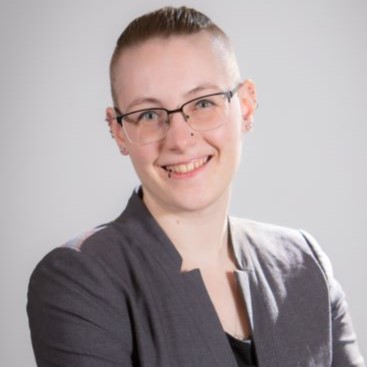 Marissa Heffernan worked at Resource Recycling from January 2022 through June 2025, first as staff reporter and then as associate editor. Marissa Heffernan started working for Resource Recycling in January 2022 after spending several years as a reporter at a daily newspaper in Southwest Washington. After developing a special focus on recycling policy, they were also the editor of the monthly newsletter Policy Now.
Marissa Heffernan worked at Resource Recycling from January 2022 through June 2025, first as staff reporter and then as associate editor. Marissa Heffernan started working for Resource Recycling in January 2022 after spending several years as a reporter at a daily newspaper in Southwest Washington. After developing a special focus on recycling policy, they were also the editor of the monthly newsletter Policy Now.